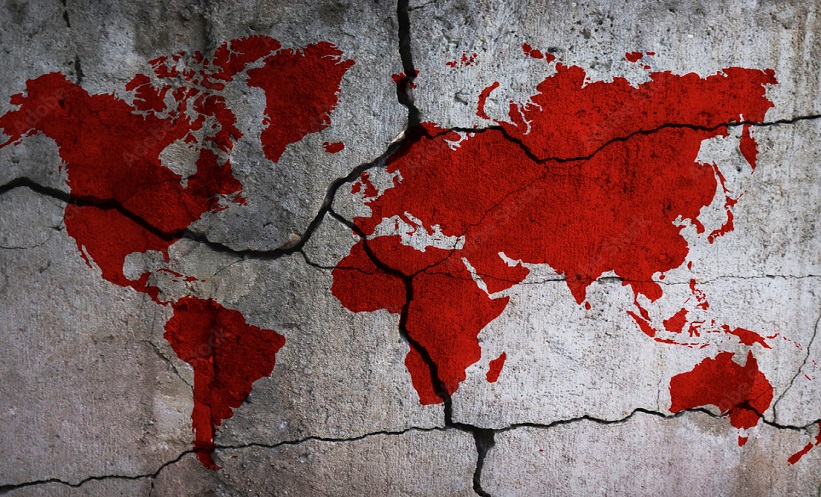COVERING three decades of data, research has emerged highlighting that females are impacted by anaemia to a greater degree than males. The study analysed data from 1990–2021, and spotlighted that in 2021 alone, anaemia affected nearly 2 billion people. Leader of this research, Nick Kassebaum, University of Washington, Seattle, USA, described the motivation for their investigation: “There are still wide disparities when you narrow the focus on geography, gender, and age.”
Findings brought to attention that worldwide in 2021, 31% of females had anaemia, compared with 18% of males. This gender difference was more pronounced during reproductive years (15–49), where anaemia prevalence was 34% in females and 11% in males. The leading cause of anaemia in 2021 was dietary iron deficiency, constituting 66% of total cases, affecting 825 million females, and 444 million males. Results also spotlighted gynaecological disorders and maternal haemorrhage as important contributors to anaemic burden in females of reproductive age. The main cause in children under 5 years was also dietary iron deficiency, but haemoglobinopathies, infectious diseases, HIV/AIDS, and malaria were also important contributors in locations where anaemia is most prevalent.
Sub-Saharan Africa and South Asia are currently facing the greatest burden from anaemia; in 2021 the highest prevalence was observed in Western sub-Saharan Africa (47%), South Asia (36%), and Central sub-Saharan Africa (36%). Regions with the lowest anaemia rates were Australasia (6%), Western Europe (6%), and North America (7%). Mali, Zambia, and Togo each had greater than 50% anaemic burden, whilst Iceland, Norway, and Monaco all had lower than 5%.
Highlighting the implications of this research for clinicians, speaking about the underlying causes of anaemia they modelled, Kassebaum announced: “It’s very important for clinicians to treat these causes in parallel to the anaemia itself. We hope they use these data to design more comprehensive intervention and treatment plans.”







